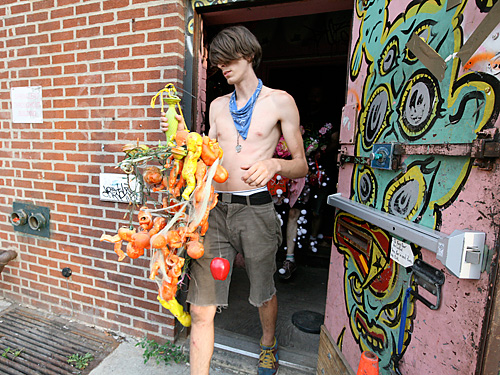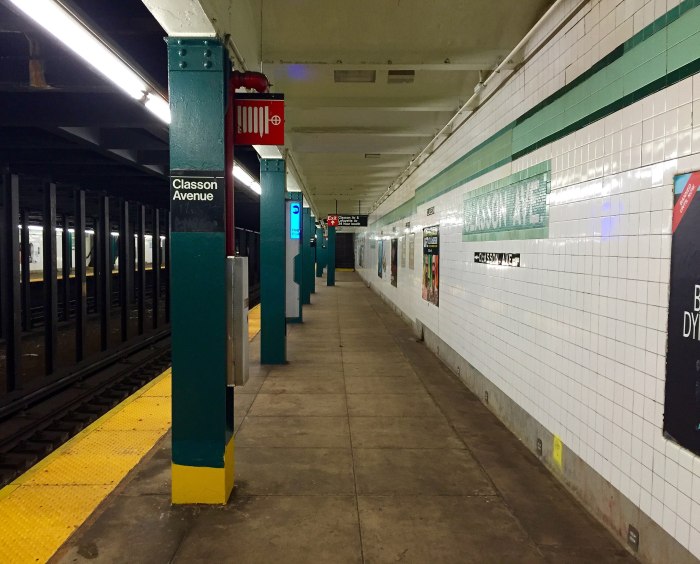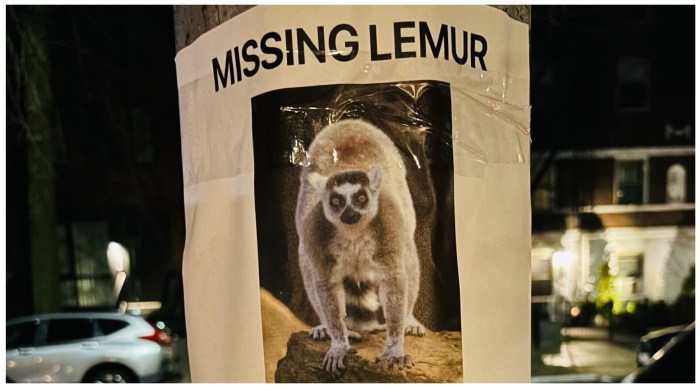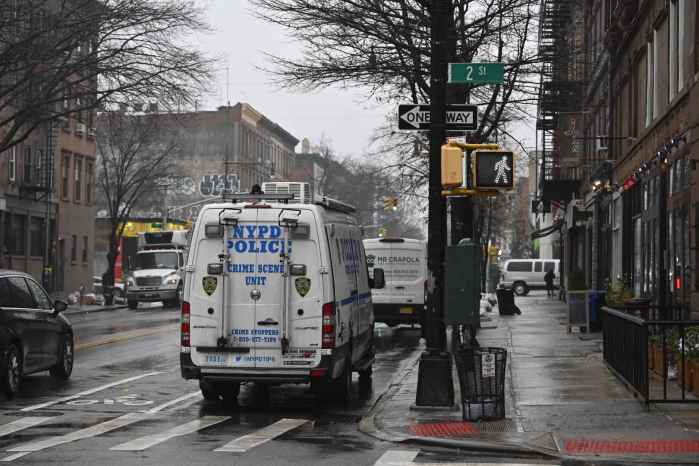Residents of a Clinton Hill artist loft have returned to their apartments after being raided by the Fire Department last week, but the building’s large first-floor event space — which was at the center of the eviction crisis — remains off limits.
City inspectors on Monday wrote up the Classon Avenue building operating an “illegal cabaret” on its first floor, a space that was well known among Brooklyn underground social circles for its popular late-night revelry.
The FDNY’s decision to keep the first floor closed has frustrated residents of the building’s art collective, called Rubulad, who say they need to access their studios to create artwork.
“They think we’re going to have a party as soon as they let us back in,” said Sari Rupinstein, a Rubulad spokeswoman and performance artist. “We’ve been there five years. It’s kind of ridiculous. It’s our work space. We need to be able to do our daily work.”
An FDNY spokesman said that the building was partially vacated following the violations because of the presence of several “illegal raves” which were contrary to the industrial building’s certificate of occupancy.
“The issue here is safety,” said an FDNY spokesman. “If someone is operating a dance club or cabaret there must be appropriate fire access and means of egress. These types of illegal clubs put everyone at risk. If people are there, we want to make sure they are protected.”
But the Department of Buildings only issued a violation regarding complaints from neighbors over the building’s rowdy parties, not over the lack of proper exits or fire safety, which has puzzled some public officials.
Amy Cleary, a spokeswoman for Assemblyman Joe Lentol (D-Williamsburg) believes that Rubulad members will soon be able to gain access to their studio once confusion between the two city agencies is cleared up.
“If there’s a safety problem it should be dealt with but if there’s no safety problem, people should not be moved out of their home or work space,” said Cleary.























